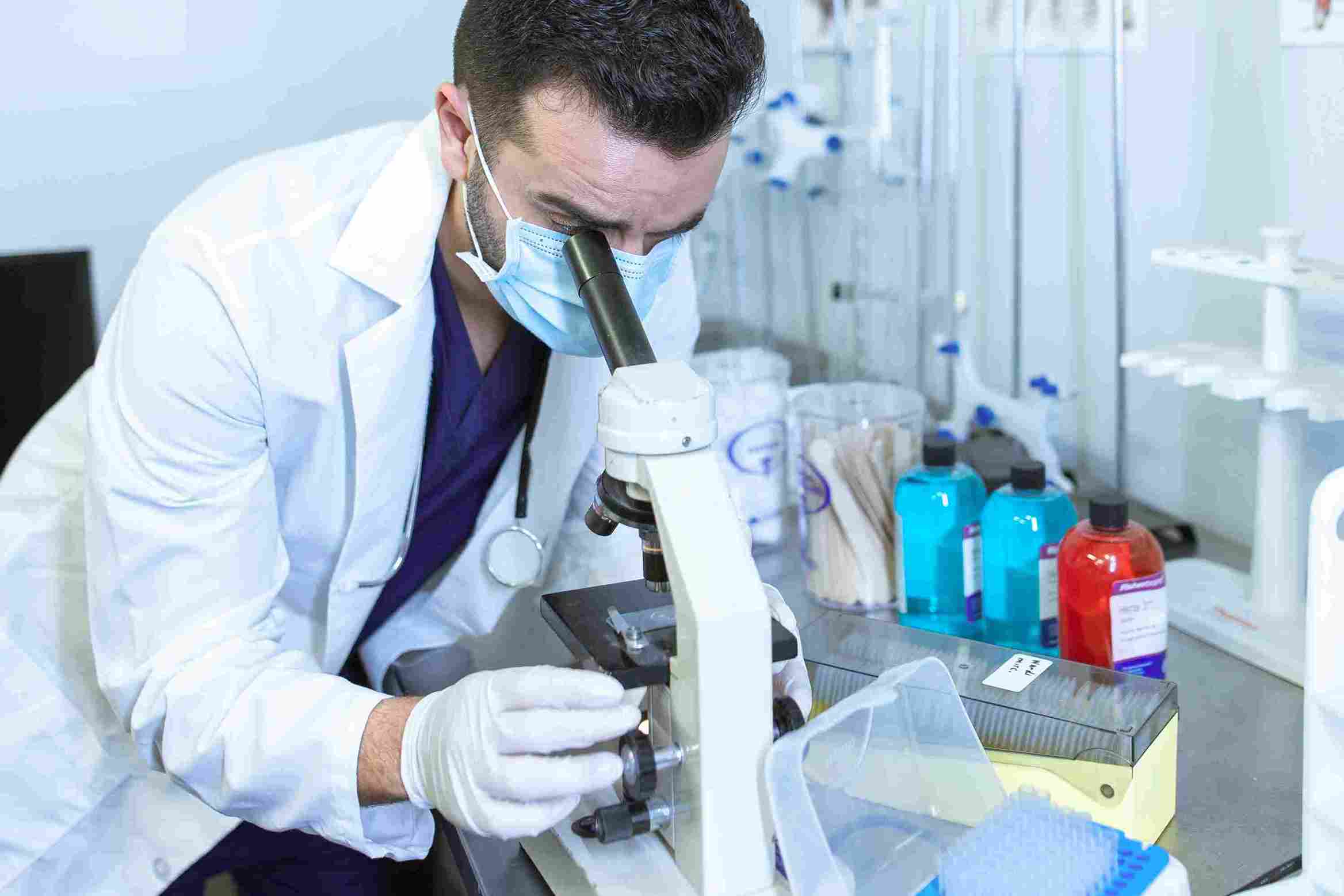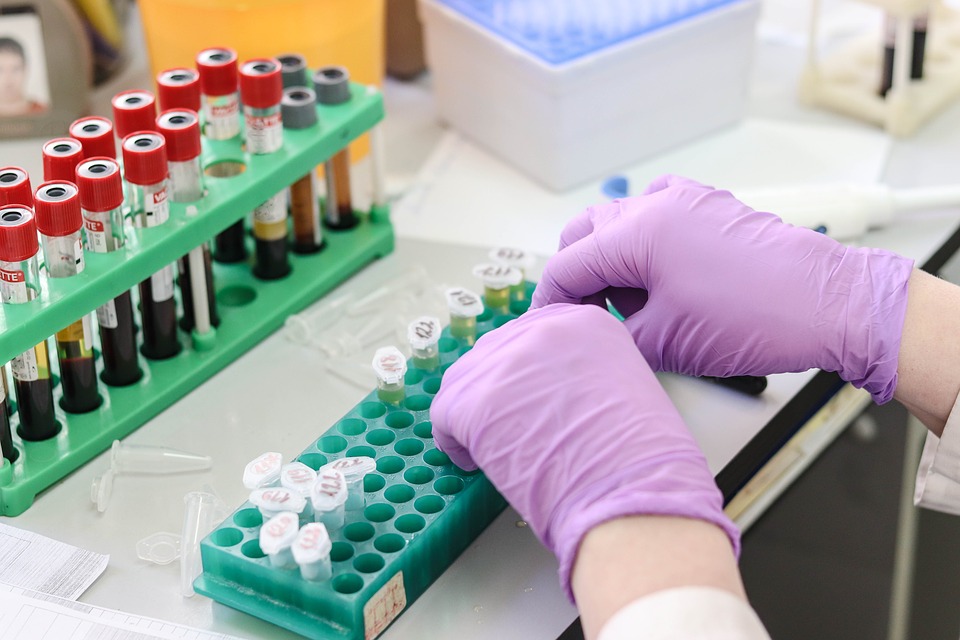In sterile compounding, the aseptic technique contributes to the prevention of microbiological contamination. It provides sterility, safety, and efficacy to the sterile product, especially various injections for patients. Cleaning, Gowning, and proper methods of contamination control will be reviewed along with why clean rooms are designed the way they are.
WHY SHOULD YOU ATTEND?
Compounding sterile products are made utilizing an aseptic technique. Aseptic technique is a microbiological term referring to the prevention of microorganism contamination. The procedure involves the use of specialized equipment, sterile apparel, meticulous processing, and continuous cleaning. This course will review proper cleaning, gowning, and ways to avoid the common sources of contamination that exist in a clean room environment. This course is also a good refresher for those personnel who are familiar with the way to properly work in the clean room and why Cleanrooms are designed for proper contamination control.
LEARNING OBJECTIVES
- Definition of Aseptic Processing (AP)
- Terminal Sterilization vs. AP
- Proper Personnel Behavior in a Cleanroom
- Facility Design and how it impacts the product
- A review of proper environmental monitoring practices and systems used
- Aseptic Technique & Clean Room Behavior
WHO WILL BENEFIT?
This course will benefit those Aseptic operators, Aseptic sample handlers, personnel who work in a Biological Safety Cabinet (BSC), and their management and Quality Assurance counterparts, in highlighting how to operate in a clean room environment, proper facility design, proper personnel gowning, and the equipment needed to conduct environmental monitoring. In addition, this course will review how Quality Systems help define requirements for aseptic techniques and clean rooms and how to properly maintain these environments.
- Microbiology
- Aseptic Technique
- Environmental Monitoring
- Gowning
- FDA
- Clean Room
- ISO
- Classifications
- Contamination Control
Compounding sterile products are made utilizing an aseptic technique. Aseptic technique is a microbiological term referring to the prevention of microorganism contamination. The procedure involves the use of specialized equipment, sterile apparel, meticulous processing, and continuous cleaning. This course will review proper cleaning, gowning, and ways to avoid the common sources of contamination that exist in a clean room environment. This course is also a good refresher for those personnel who are familiar with the way to properly work in the clean room and why Cleanrooms are designed for proper contamination control.
- Definition of Aseptic Processing (AP)
- Terminal Sterilization vs. AP
- Proper Personnel Behavior in a Cleanroom
- Facility Design and how it impacts the product
- A review of proper environmental monitoring practices and systems used
- Aseptic Technique & Clean Room Behavior
This course will benefit those Aseptic operators, Aseptic sample handlers, personnel who work in a Biological Safety Cabinet (BSC), and their management and Quality Assurance counterparts, in highlighting how to operate in a clean room environment, proper facility design, proper personnel gowning, and the equipment needed to conduct environmental monitoring. In addition, this course will review how Quality Systems help define requirements for aseptic techniques and clean rooms and how to properly maintain these environments.
- Microbiology
- Aseptic Technique
- Environmental Monitoring
- Gowning
- FDA
- Clean Room
- ISO
- Classifications
- Contamination Control
Speaker Profile
 Danielle DeLucy
Danielle DeLucy
Danielle DeLucy, MS, is owner of ASA Training and Consulting, LLC which provides Pharmaceutical and Biologics based companies with training and quality systems assistance in order to meet Regulatory compliance. Prior to this role, Danielle has been in the industry for 15 years serving in numerous Quality Management Roles, such as the Director of Product Quality, the oversight of Sterility Assurance practices and provided QA oversight of numerous filling and packaging operations. Danielle began her QA career as a Quality Control Pharmaceutical Microbiologist at a contract laboratory where she performed various tests for their clients. In the years after, she …
Upcoming Webinars

California Meal and Rest Breaks: What You Dont Know Can Cos…

Responding to EEOC Discrimination Charges-What's Your Busin…

Implementing an Effective Human Error Reduction Program


Conflict Resolution - Prevent, De-escalate, Resolve

When Employees Travel: Wage and Expense Rules Employers Mus…

With Mandatory Paid Leave Gaining Ground Is It Time To Do A…

Female to Female Hostility @Workplace: All you Need to Know

Form 1099-MISC and 1099-NEC Compliance Update 2024

Validation Statistics for Non-Statisticians

The Totally Organized Professional Is All About Outcomes

Why EBITDA Doesn't Spell Cash Flow and What Does

GAMP5, Second Edition and Alignment with Computer Software …

Project Management for Non-Project Managers - Scheduling yo…

Sunshine Act Reporting - Clarification for Clinical Research

Understanding the Math of HR… So You Can Show How HR Impact…

FFIEC BSA/AML Examination Manual: What Compliance Officers …

How to Address ISO's New Climate Change Requirements

I-9 Audits: Strengthening Your Immigration Compliance Strat…


Re-imagine Finance & Accounting Made Simple. Three Webinars…

Stay Interviews: A Powerful and Low-Cost Employee Engagemen…


How To Conduct An Internal Harassment And Bullying Investig…


Effective Onboarding: How to Welcome, Engage, and Retain Ne…

Managing Toxic & Other Employees Who Have Attitude Issues


Analytical Method Validation Under Good Laboratory Practic…

Do's and Don'ts of Documenting Employee Behaviour, Performa…

Do's and Don'ts of Giving Effective Feedback for Performanc…

Onboarding New Hires: Leverage the Potential of Artificial …

Project Management for HR, Administrative Professionals, an…

Tattoos, hijabs, piercings, and pink hair: The challenges …

Using Behavior Based Interviewing for Finding the Best Matc…

How to Document Employee Discussions and Why it is Important

Stressed Out: How to Handle Conflict, Difficult People and …

Harassment, Bullying, Gossip, Confrontational and Disruptiv…

Best Practices for Working With Vendors and Suppliers

Understanding the Artificial Intelligence Landscape

Marketing to Medicare or Medicaid Beneficiaries - What You …

Accounting For Non Accountants : Debit, Credits And Financi…

Principles & Practices for the Cybersecurity of Legacy Medi…

Independent Contractor vs. Employee New Rule Issued by The …

Ultimate Persuasion Strategies! - Secret Influence Tools & …

Kicking your Employee Retention Efforts into Overdrive: Sta…
